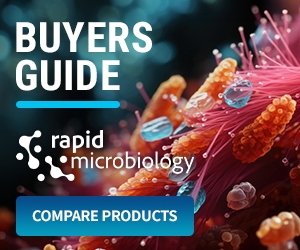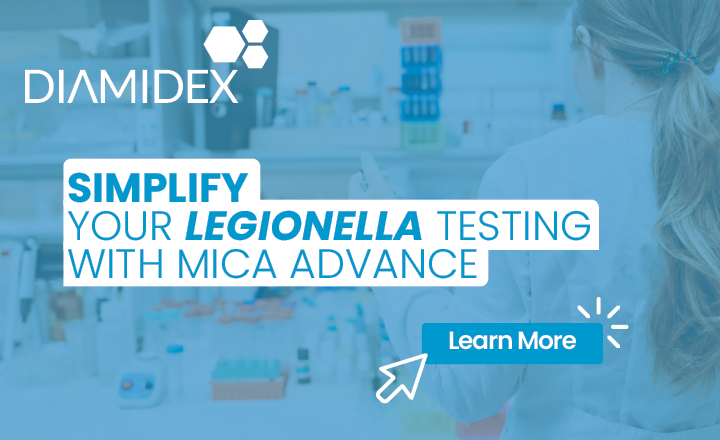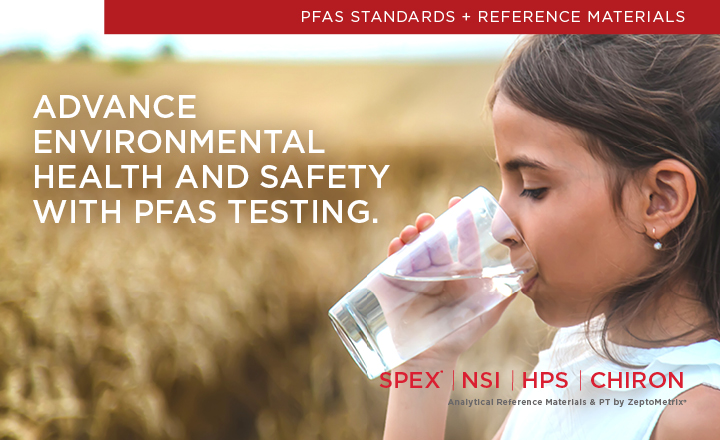PFAS compounds have been subjected to increasingly stringent regulations in recent years. In addition to prohibitions on individual substances within the group, several US states have banned the intentional use of PFAS entirely in selected product groups. Similar developments are ongoing in the EU, where a far-reaching restriction has been proposed under the REACH regulation.
Blanket bans on PFAS pose several analytical challenges, from deciding which compounds to target to choosing methods with sufficient detection capabilities. This makes an experienced laboratory partner key to successful PFAS testing, ensuring compliance with existing and upcoming restrictions.
PFAS restrictions in Europe
Current PFAS restrictions in the EU cover a range of high-profile compounds, such as PFOS and PFOA, whose use is prohibited in most applications under the POP Regulation. There have been exemptions for difficult-to-replace applications, such as firefighting foams and certain medical devices, but some of these are about to expire in 2025. In addition, food contaminant regulations, the Cosmetic Products Regulation, and the new Drinking Water Directive each set limits on concentrations of selected PFAS in the respective product categories.
More comprehensive restrictions on PFAS as a group instead of individual substances have been proposed, but not yet passed. In addition to the 2023 proposal to ban PFAS under REACH, a full ban on PFAS in food contact materials has been discussed as part of the upcoming Packaging and Packaging Waste Directive (PPWR). With such initiatives in the regulatory pipeline, companies may wish to pre-emptively ensure their products are PFAS-free.
PFAS restrictions in the US
PFAS have recently been under scrutiny by the Environmental Protection Agency (EPA), which urges for more rigorous testing of water and other environmental samples under its PFAS Strategic Roadmap. The EPA has also recently published a new testing method 1633, outlining the procedure for using LC-MS/MS to screen environmental samples for 40 PFAS compounds.
In the consumer goods sector, several US states have banned the intentional addition of PFAS to food packaging. In addition, Colorado and California have prohibitions in place for other product groups, such as textiles, cosmetics, and upholstered furniture. Under California’s Proposition 65, PFAS content is evaluated using total organic fluorine (TOF) as a proxy, but other states have not set specific limits for TOF or individual PFAS compounds.
What are the difficulties with compliance testing?
PFAS analysis presents businesses with several challenges, as it may be unclear which compounds should be targeted and which methods chosen to detect them. This is especially the case with many state-level bans in the US, which lack clear compliance criteria. Additionally, even when target compounds are specified, it may be difficult to find laboratories that offer methods with low enough detection limits.
PFAS detection methods
The analysis of individual PFAS compounds is generally performed using LC-MS/MS analysis (liquid chromatography-tandem mass spectrometry), which makes it possible to screen samples for dozens of compounds in trace amounts. The precise detection limit depends on the sample matrix but is generally low enough for compliance testing with existing compound-specific regulations in the EU and the US.
Alternatively, a total organic fluorine (TOF) analysis can be performed using combustion ion chromatography. While TOF does not provide information on the presence of individual compounds, it helps to quantify the total amount of organic fluorinated compounds, of which PFAS are a subset.
In the case of full PFAS bans without clearly specified compliance criteria, the combination of TOF testing and compound-specific screening can be used to demonstrate compliance. For a material to be considered PFAS-free, TOF content should generally be below 100 ppm (parts per million) and the material should not contain high-profile PFAS in detectable amounts.
Measurlabs’ testing solutions
Measurlabs simplifies the complex landscape of PFAS testing. Their broad network of accredited partner laboratories ensures access to both targeted LC-MS/MS analyses for individual PFAS compounds and comprehensive TOF testing for evaluating the overall PFAS content of almost any sample material.
Upon ordering testing services from Measurlabs, businesses also receive expert support for navigating the evolving regulatory requirements, selecting the most appropriate analytical methods, and interpreting the results.
Visit Measurlabs to learn more about their PFAS testing services or use the Request Information button below to connect directly.























